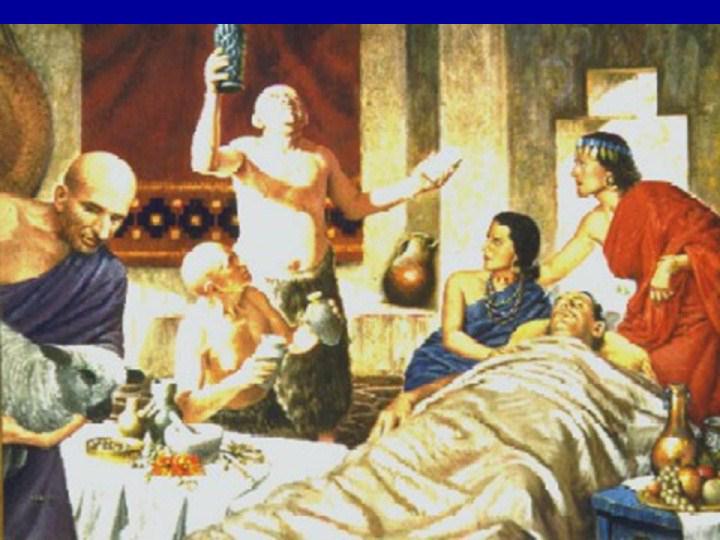| front |1 |2 |3 |4 |5 |6 |7 |8 |9 |10 |11 |12 |13 |14 |15 |16 |17 |18 |19 |20 |21 |22 |23 |24 | 25|26 |27 |28 |29 |30 |31 |32 |33 |34 |35 |36 |37 |38 |39 |40 |41 |42 |review |
 |
The ashipu would wash a wound using hot water and one of the 19 brands of beer that the Mesopotamians consumed. Following this procedure the ashipu would devise a plaster using any number of varied items, many of which we have no translation for today. Two very common ingredients were mud, much as we use hot mud plasters today, although the ashipu applied the mud cold, and sesame oil, that at least would have kept the bandage from sticking to the wound. The ashipu can also be credited with two other medically related discoveries. In the descriptions of several cases we find the first use of the term inflammation, though the ashipu and the asu had no way to cure this problem other than one of their various bultus. The other discovery pertains to the treatment of boils and abscesses, for which the ashipu recommend the use of heat, by means of placing hot stones around the boil or abscess, to speed up the process of what we today call maturation. |